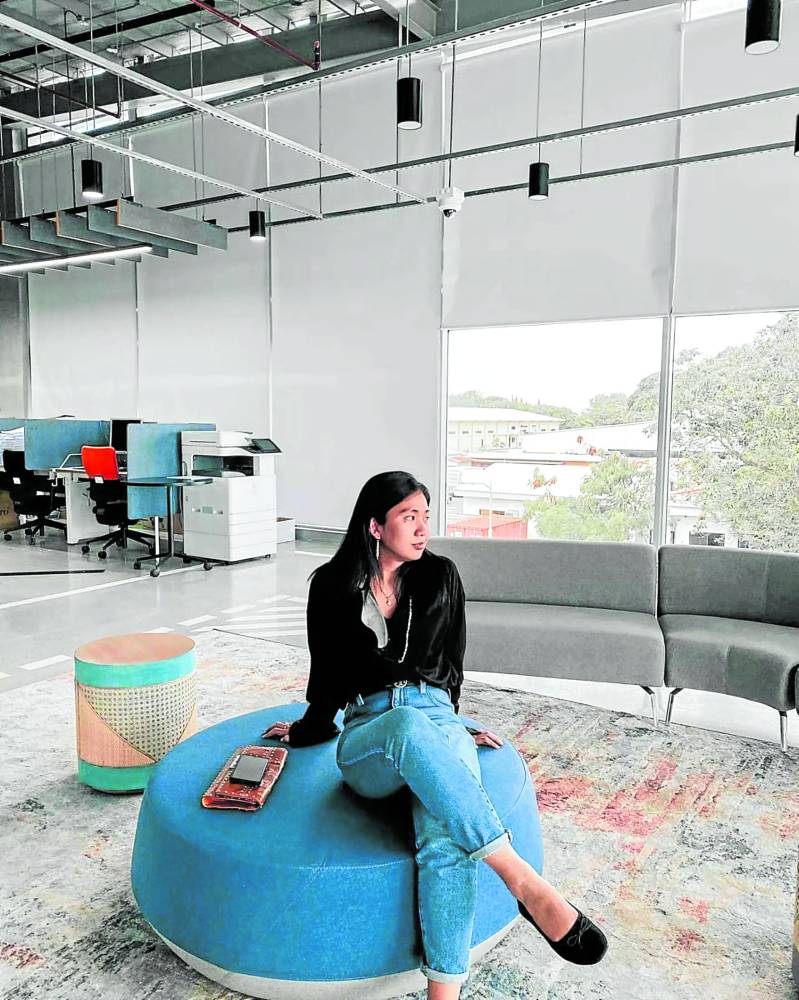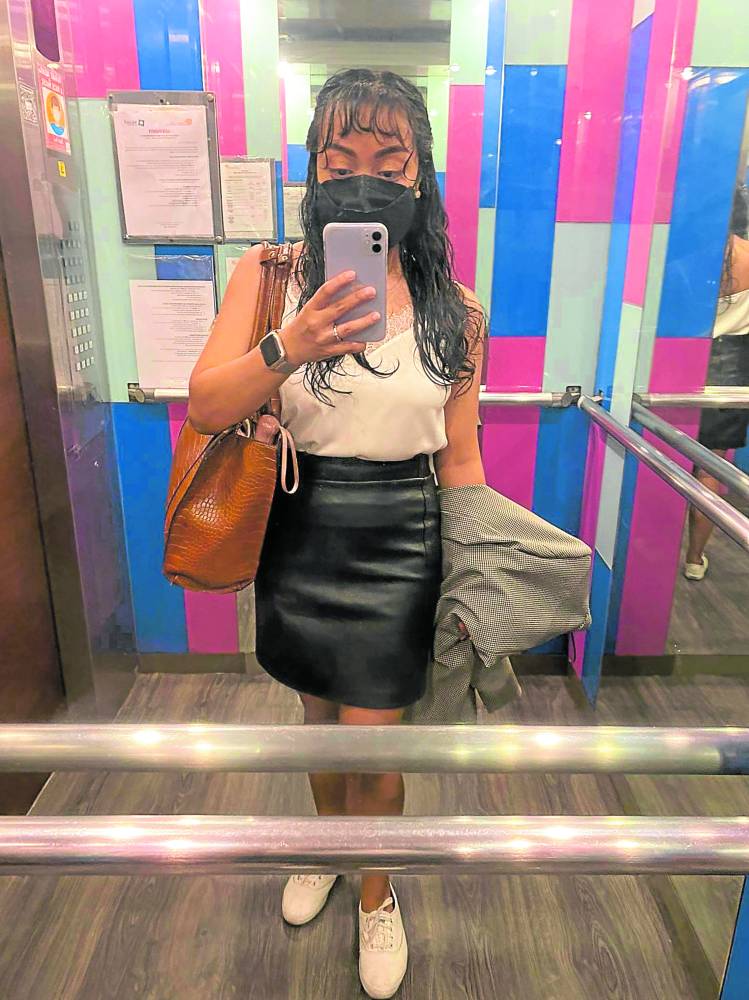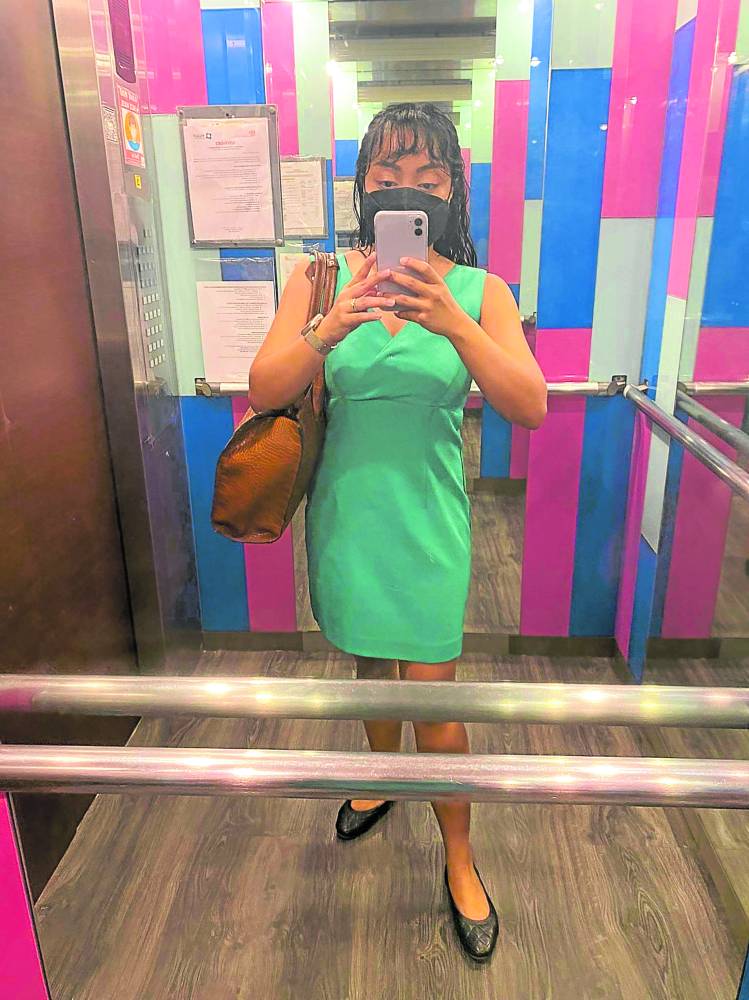
I begrudgingly bought new bras back in late February.
It was about the time when COVID-19 cases were going down and I started receiving assignments for in-person coverage, when my brassieres started begging for retirement. Bras were the first items of clothing that I ditched when the lockdown began in March 2020. They were left at the back of my drawer, only to be used during grocery runs.
The other items that were left untouched were my shoes—heels, boots and running shoes that before the pandemic were strutted every weekend.
So, when I finally mustered the courage to step out in March 2022 (post-Omicron), my heels gave up the ghost while walking outside a restaurant and my running shoes decided to split themselves into two—the sole and the upper half—before I even reached the running track.
My wardrobe needed a serious upgrade after years of isolation (even my pambahay are now worn out), but I know it’s not just me.“Some of my clothes were eaten by ants or mites—I don’t know what those were. Others don’t fit me anymore and give off a smell,” said Gail Rose Anne Egar.
Casualties

Egar, a securities counsel, worked remotely for the most part of the lockdown. Formal Zoom meetings would require her to wear business attire, but these were mostly tops and blazers.
Many shoes also ended up as casualties of the pandemic, as was the case for Ash Dasugo, who works at a major online shopping platform. Those that were not worn gave way easily, “as if they’re brittle,” she said.
Some of Florence Rio Bistoyong’s shoes were not spared from the lockdown. Her boots started peeling, as well as other leather shoes that were shelved for a long time.
“The items still fit me well but most of them have broken down or disintegrated when I finally wore them, since I wasn’t able to store them properly,” the PR account manager said.
Now that more and more worker bees are buzzing back to the office, they are unearthing their long-forgotten business casual or work attire. Some smell like baul, others are finding that they have outgrown their old clothes (thanks to weight we gained during the pandemic), while many shoes are giving up miduse.
Dasugo said that she is now reinvesting in basic pieces in neutral tones that can be reused and layered with her other clothes.Egar, who has also returned to the office, has also bought new outfits—structured blazers, trousers, jeans, skirts and classic tops. Her line of work does not require her to wear business attire, so she opts for casual clothes instead and throws on a blazer on top for the complete look.
Quality now a big factor

The New York Times earlier reported that United States-based retailers noticed that office workers are now opting for more relaxed outfits for work (Spandex, low to no heels and T-shirts) layered with a blazer. It’s called “workleisure,” a new trend that has emerged in the time of hybrid work arrangements, when employees spend a few days on site and a few days on remote.
Here in the Philippines, the long lockdown and the deterioration of some outfits changed the way workers shop for their clothes. Social media freelancer Tiarra de Soto said that she has come up with a rule that, before buying, she asks herself if she will use the item in the next five years.
Quality is also a big factor for Egar, who said that she now opts for more durable, although pricier, items, to make sure that her clothes will last longer.
Bistoyong is still working remotely at the moment, but she’s now considering shopping for new pieces to replace her old ones.
“I’m now eyeing new everyday sneakers and boots from shoe brands that offer better craftsmanship and durability like Cole Haan and Dr. Martens. Before, admittedly, I used to always shop fast-fashion brands,” she said.
Before the pandemic, Bistoyong said that she was not one to follow trends. Rather, she would dress according to her personal style and according to the occasion.
“I think the pandemic did not really change the way I select clothes, but rather the way I shop for clothes. I’ve become a more conscious shopper,” she said.
“I started thrift shopping, like buying pre-loved items and supporting our local small and medium-sized enterprises online. I’m really happy that I’ve discovered so many Filipino sustainable fashion brands that resonate with my style and offer timeless and quality pieces that I can wear season after season.”








































